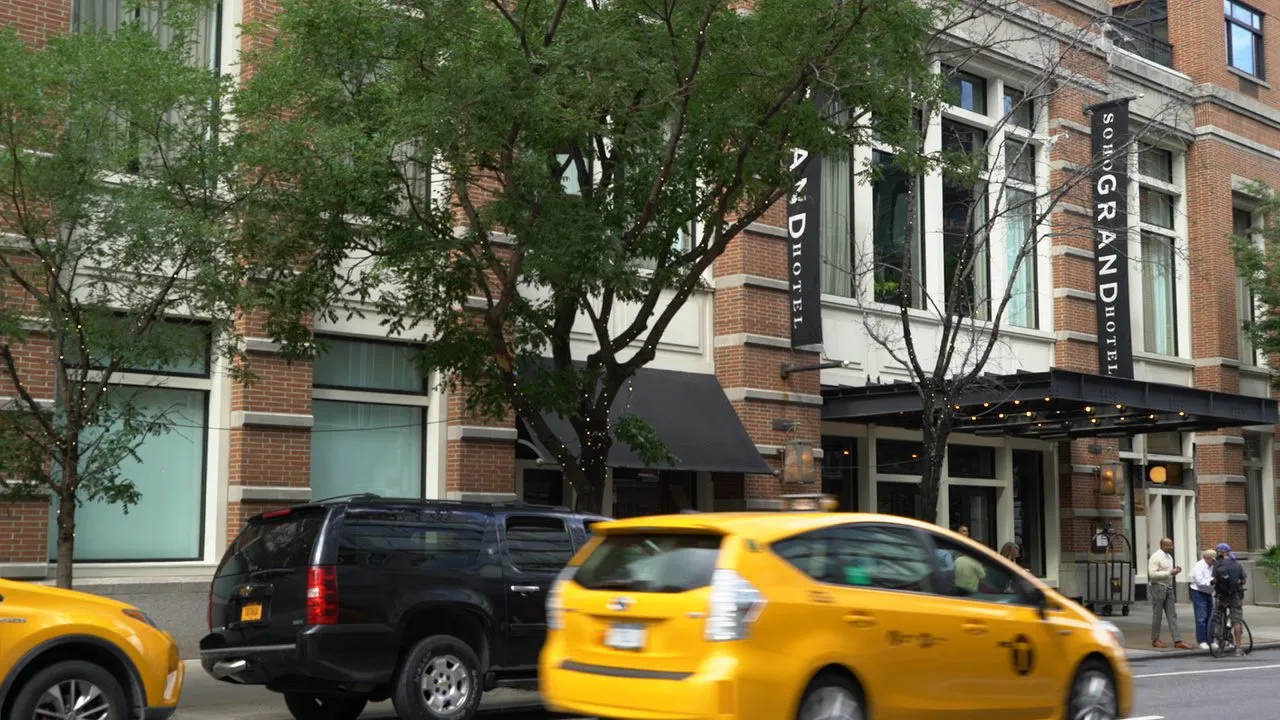Mason’s third fashion marketing event in 2019, in partnership with Google, brought together 50 fashion marketing professionals at the Soho Grand Hotel to explore the best holiday sales tactics.
We saw four inspiring industry insiders take the stage:
- Katie Klencheski, SMAKK Studios
- Steph Schmidt, Google
- Piper Flusser, Walgreens Boots Alliance – Global Brands Americas
- Brook Shepard, Mason Interactive
Here are the highlights of the day!
Key trends influencing the holiday sales in 2019
Steph Schmidt, who leads Retail & Shopping on Google’s Performance Agency Team, encouraged the audience to really think about how to make a difference this holiday season and build a strategy that not only brings in new shoppers, but long term business growth. She shared proprietary data from Google to shape the landscape for the season.
Loyalty is replaced by practicality, access and speed
How to succeed as a retailer hasn’t changed, and as always, retailers have to differentiate on one or more of the 5 core levers: price, assortment, convenience, service, and experience. However, loyalty has given way to practicality, access and speed. Consumers can now buy what they need, when they need it and from different retailers. Statistically, consumers are willing to buy from a new retailer, if they have something new and superior to offer across one of the 5 core levers. During the holiday season last year, 51% of shoppers said they were open to purchasing from a new retailer, and 35% actually did.
Get to know your customers
According to Google, personalization can bring you 2x increase in basket size and it is estimated that $800B of the consumer spend will shift to those who personalize in the next 5 years. Simply put, if you are not yet providing a personalized experience to your website visitors, you are likely losing sales. For retail brands, this means continually optimizing for an individual customer experience that is more assistive, such as showing products in their size, or showing products that compliment the products they already purchased from you.
Following the trend, Google is redoing the Google shopping tab to build more coherent shopping experiences. In the new tab everything will be personalized based on products and brands you have searched and shopped. Another development from Google is ‘Shopping Actions’, a one-click-buy model that allows customers to turn browsing into buying instantly. The transaction will take place directly in Google without the need to visit the brand’s website.
Rethink your convenience model
Online retailers such as Amazon are upping the convenience standard. As a result, mobile searches for same day shipping have increased by 120% over the past two years. Steph used Net-a-Porter as an example of a brand who has excelled adding convenience through same-day concierge services. Another example is Happy Returns, a new concept that makes returns less stressful with kiosks around the city providing instant returns. The service handles packaging and sending the goods back to the company, and customer’s credit card will be credited instantly.
Optimize the mobile experience
In 2018 63% of holiday shoppers made a purchase on their mobile phone, whereas in 2017 the number was 48%. When talking about mobile shopping experience, speed has a significant impact. Statistics show that 50% of users would leave the site already after a 3 second loading time and 62% of consumers are less likely to purchase from a brand again after they had a negative mobile experience. According to Google, already 1 second improvement to the site speed can lead to a 20% increase in conversions.

Omnichannel is the future of retail
Even though more and more sales are happening on e-commerce platforms, Steph reminded us of the value of omnichannel where the consumer is being served wherever they are, both online and offline. And digital should support offline. Global in-store sales influenced by a digital touch point has grown 43% from 2004 to 2017, and this number will likely keep increasing.
When asked, most marketing professionals say omnichannel is part of their strategy. However, many brands are still missing a huge opportunity by not measuring the impact digital marketing has on in-store sales. Google data shows that 76% of shoppers who conduct a local search visit the store within 24 hours, and 28% of those searches result in a purchase. Instead of using digital marketing only to spike e-commerce sales, today’s successful marketers also use it for in-store efforts.
The power of storytelling
Katie Klencheski from SMAKK Studios spoke about using smart content to cut through the Black Friday inbox clutter during aggressive Black Friday marketing and skyrocketing Holiday email volume. Due to excessively frequent messaging, email open rates drop 18.8% lower than during non-holidays and the unsubscribe rates skyrocket above average (50-55% increase). Katie challenged brands to take this as an opportunity to break through the noise with unexpected and authentic content.
The power of storytelling matters beyond the holiday season. Katie shared statistics that show a change in consumer expectations towards more authenticity:
- 8 out of 10 people want brands to tell more interesting stories
- 85% can’t give an example of a memorable story of a brand
- 48% of millennials are more likely to buy from a brand if they know the people behind it
- 72% of millennials would rather spend on experiences rather than on material items
It’s time for retailers to step up their game to tell stories, create experiences and purposeful, impactful content that consumers want to be part of and get personal value from.
Know your superpower
Closing the summit, Brook Shepard, from Mason Interactive, ran a workshop for attendees taking them back to the fundamentals of brand building by asking an important question; what is your superpower? What is that wow factor you can add to your marketing message that creates the “thumb stopping” effect amongst consumers when they scroll down their Instagram feed? Whereas big, established brands are backed with large marketing budgets, smaller brands must make more intelligent decisions to stand against competition.
Thank you to everyone who attended the summit for making it a day to remember!
For more information on how to win the consumer during the upcoming holiday season, reach out to Mason’s digital experts.






















